
Pioneer I
- 11,171
- First Name
- Dave
- Last Name
- Spinks
- Member #
-
3057
- Service Branch
- Royal Navy Veteran
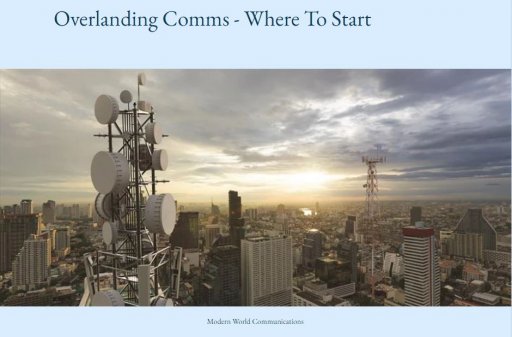
We’ve all heard the question "What Comms Is Best For My Overland Trip" and no doubt witnessed multiple answers all arguing over why their communication systems are better than the next persons often leaving the person who asked the question somewhat flummoxed and confused. And who can blame them as there are so many options available to the intrepid overlander that wants to head off to explore the big wide world in search of adventure.
This is not a definitive guide! It is an observation based on real world overlanding through 54K Miles through 3 continents and is about making you ask yourself the right questions before setting on a particular course.
Sure you can trick out your vehicle with multiple Amateur Radio sets but how practical is that in the overlanding world where equipment is subjected to harsh climates and conditions over multiple international borders.
In our case we followed the keep it simple theory and you can see how we achieved that below and still feel secure to request help in any location in the world
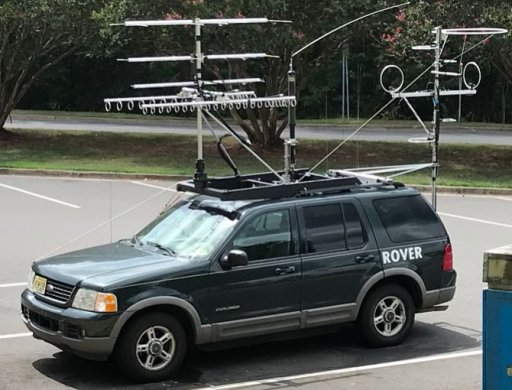
Antenna Overload
There is no right answer, like anything else it requires tailoring to your needs in the same way you tailored your choice of vehicle to the type of travel you expected and wanted to do and the places you wanted to visit.
In many cases quite often the answer is a variation of all the answers as you will see from what we carry and carried.
But before you decide what communications you want to have in your vehicle there are a few things you need to consider.
Firstly, do you want a fixed unit base station or are you happy to use a handheld which in some cases can have an external antenna connected to it.
Base stations are hard wired and mounted into your vehicle meaning if that is the only radio you have you can’t get out of your vehicle and still keep in touch with the rest of your group. Handhelds are exactly that hand portable but with the addition of an external antenna and car adapter charging lead can still give you many of the benefits of a base station but with the addition you can remove it and use it when away from your vehicle.
Secondly what are you going to be using the radio for and how often. Are you only going to use it for close contact convoys and maybe spotting for you in difficult terrain? Or are you looking at a longer range possibly in hilly terrain where a low power line of sight radio will struggle to communicate. Or at the other end of the scale are you looking for the ability to call home from wherever you are in the world.
Thirdly. where are you going to be going on your travels. Different countries can and do have restrictions on different communication systems for instance in Morocco CB radios are not allowed unless you register and obtain a license for them as by Moroccan Law you are setting up a private communications network. When we travelled there, we removed the external antenna and locked the cover on the radio which was installed in our cubby box. In Russia we had to hide away our Iridium satellite phone that we carried for emergencies. Many countries such as India, Pakistan for example also do not allow satellite phones.
Once you have considered the above you can start to look at the various options available that meet your plans. From our experience on our Europe, Africa and Asia trips we used a variation of all the units below.
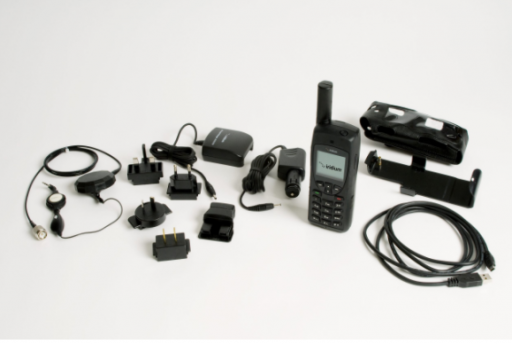
Iridium Phone System Like Ours
We had an Iridium handheld satellite phone for emergencies that Dave borrowed from a friend in the marine industry. Although we never needed to use it, we still had the comfort of knowing we could get a call out if needed no matter where we were in the world. However as mentioned above in Russia we had to keep the satellite phone well-hidden and out of sight as rules in Russia are that you must get approval well ahead of time that only last 6 months and you must register the sim card.
A guide of which countries where Satellite phones are restricted or not permitted can be found here but do your own research.
Countries-where-satellite-phones-banned-or-restricted
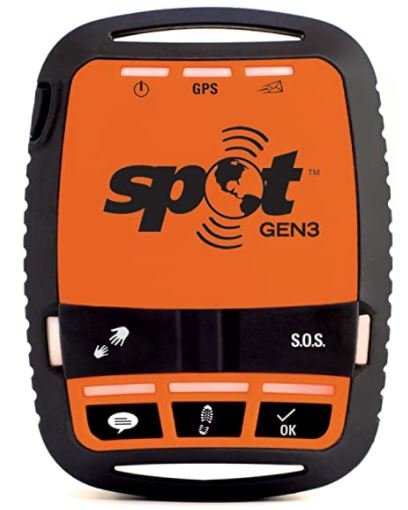
Generation 3 Spot Tracker Like Ours
Our Iridium sat phone was backed up with a SPOT tracker. This uses satellite technology to track our route with the added ability to set up in advance through a website a number of addresses to receive check ins to let friends and family know we are well and a distress function in the event we need serious help and assistance. Both the check in and distress functions also send the current GPS Position.
Note this is one way comms only, friends and family or Distress Coordination Centres have no means to respond.
Whilst this system worked well for us the fact you must preconfigure texts and messages in advance made it very restrictive. I believe the Garmin InReach has similar functions but with the ability to create messages on the go and no doubt there are other systems out there now.
Both SPOT and InReach systems required a subscription.
For general convoy comms we used a built in CB radio base station. This was supported by a handheld CB radio we had allowing us the ability to share the handheld to another vehicle if they had no comms for convoy trips but also to walk a route or river in advance before driving the Land Rover forwards.
A general observation was that a lot of overlanders had a CB radio fitted but, in many cases, it wasn’t working, and the owners didn’t realize until they came to use it.
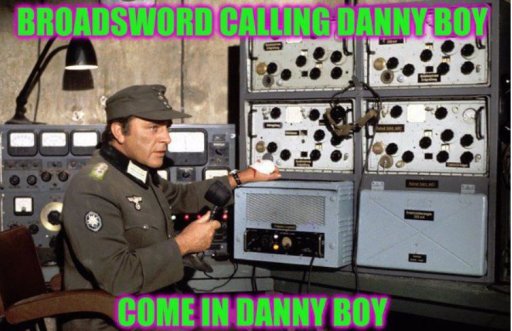
Correct Etiquette Improves Communication
We also found many were unsure how to use it correctly and the correct etiquette to ensure good communications. CB radio and PMR radio is half duplex meaning you can only receive or transmit one at a time. In other words if you both speak at the same time neither of you will hear the message. So you have to take turns to speak and this is where in the past the end of a transmission was finished with "over" meaning transmitting finished and now in receive mode to receive the response.
In Morocco not all the CB radios in our group of vehicles were functional but one member had a set of 4 PMR446 radios. These were shared out amongst the vehicles and used successfully to maintain convoy comms throughout the High Atlas Mountains and the sections of Sahara Desert.
Our final comms system was the good old cell phone. Out with Europe we obtained local sim cards which in pretty much every country after Turkey were cheap and great value giving us both the ability to make voice calls but also access data. In most cases we used them only for data and navigation. This was pre-Brexit so I would suggest this might be a good option for travelling in Europe. I believe there are sim cards that you can buy and use throughout Europe without the need to keep swapping out the sim card.
Below are what we feel are some of the pros and cons of the different communications options available with some of our experiences.
This is not an exhaustive list by any means but is a simple practical guide to help you decide what systems you think you need to carry and will work for you.
So generally, the Communication options are: -
Satellite Communications – Worldwide coverage, requires subscription / contract and can be expensive to buy equipment and make calls. Rental options are available if needed.
Various options available using satellite providers such as Inmarsat and Iridium giving global coverage and more locally based systems such as Global Star and Telenor for example however the more local based systems can be regional specific so ensure you are getting and paying for the coverage you need.
Example of Inmarsat Coverage.
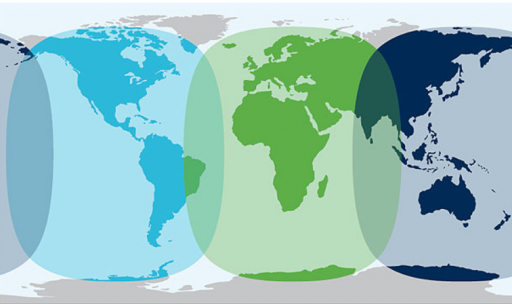
Example of Iridium Coverage.
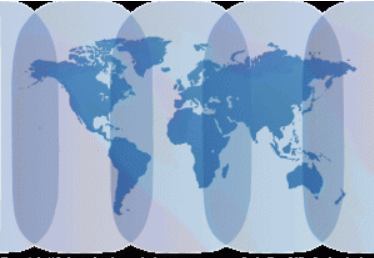
Iridium has the only truly worldwide coverage due to the fact it covers both north and south pole however I don’t see many of us getting that far north or south but you can see from the map above that Greenland has limited coverage by Inmarsat so Iridium might be a better option.

SpaceX Starlink
SpaceX Starlink is now I believe also an option but is broadband based not voice based and only limited world availability, currently USA and Canada but it is worth keeping an eye on as it expands in the future as this could be the new era of worldwide connectivity and systems are available in the USA and Canada offering remote broadband connection but I believe at a cost which I'm sure will reduce in time.
Radio Communications
CB Radio – 1 to 4 Watts Power Output. Short Range, line of sight, license free, multiple channels. Relatively cheap base station and handheld units available. The fixed unit base stations generally have a higher and bigger antenna resulting in better range than the handhelds however as stated above with the addition of an external antenna you can obtain some of the benefits of the fixed base station.
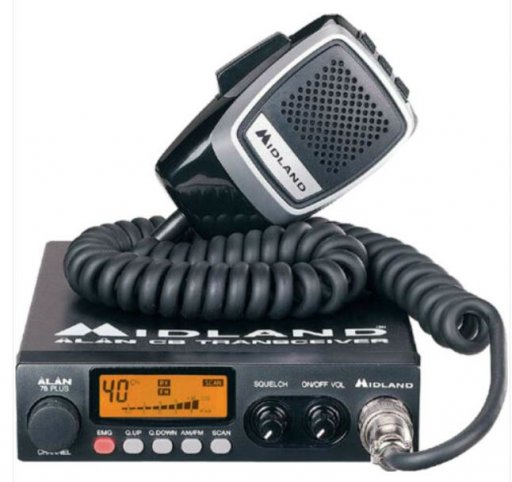
Midland Alan 78 Base Station CB Radio
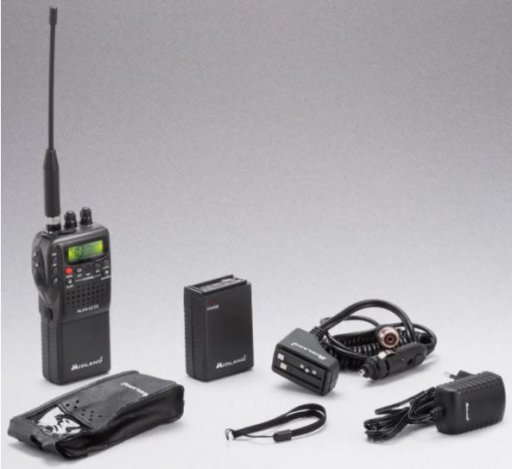
Midland Alan 42 Hand held CB Radio Kit
We used a Midland Alan 78 as our base station CB radio backed up with the Midland Alan 42 handheld CB radio. The base station remains in the Land Rover and the handheld is swapped between the Land Rover and Campervan depending upon what vehicle is used. The handheld comes with a car kit to allow charging in the vehicle and if ever required an external antenna could be fitted. To date we haven't seen the need to fit an external antenna and the handheld alone has been more than capable of maintaining comms in places such as the Scottish Cairngorms Mountain Range.
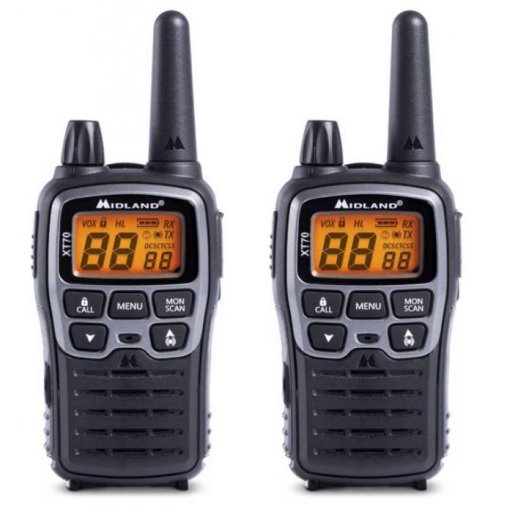
Midland XT70 C1180 PMR446 License Free Radios
PMR446 Radio – 0.5W Power Output. Very Short Range, Line of Sight, License Free, Fixed Frequency. Cheapest option most often handheld units only. This based on our experiences in Morocco and on previous trips is our choice for the new Campervan combined with our handheld CB radio we had previously.
We opted for the Midland XT70 C1180. A set of two handsets and chargers. We considered the need to get more than two like our friend in Morocco but as that was the only instance we used more than two and based on the adage only carry what you need we went for just 2 radios for the same reasons we have 2 plates, 2 sets of knives and forks, 2 cups and 2 glasses, basically there is only two of us to support.
Below is a simplistic graphic of line of sight communications. Simply put the antennas need to see each other. In this graphic the antennas are high enough to see each other so comms is possible. In the event the antennas were lower below the top of the mountains communications would be impossible or at best very poor and so cannot be relied on. This is however where more power such as the Ham units might force the connection.
So if you are in a different valley to your convoy using line of sight comms the system will not work and you will need other options.
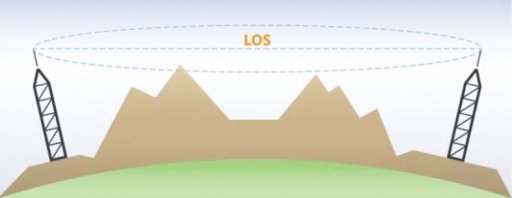
Principle Of Line Of Sight Communications
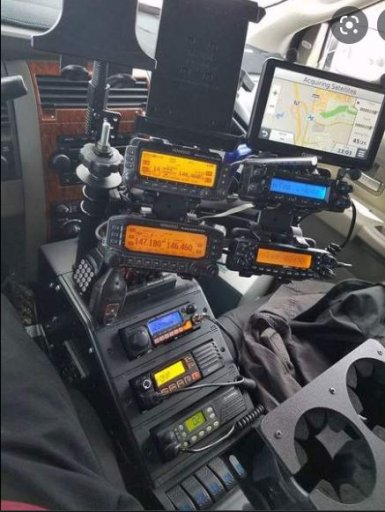
HAM Radio to the extreme
Ham or Amateur Radio – Long range options, requires a license and equipment can be expensive. There are various short range and longer-range options depending on what license you attain.
VHF / UHF is still line of site but higher power outputs gives better range. VHF has a better range than UHF, but UHF gives better confined coverage. Best example I can give is a ship uses VHF to communicate with another ship or Port at ranges up to 25 miles generally. However they will use UHF for internal comms within the ship for the likes of firefighting control etc.
HF options offer power outputs up to 400 Watts require bigger sets and bigger better antennas but give a longer-range option to your comms but certainly not worldwide in vehicle configurations.
One area of caution is that all radios can be affected by topography and atmospheric conditions and in the case of HF even the time of day can affect the coverage and this where understanding the propagation affects of radio waves and frequencies is important to ensuring good comms over a longer range. As well as training and more expensive equipment correct equipment installation is critical to obtaining good reliable communications.
Ham radio options are common in the USA and Australia. A word of caution when it comes to licensing. A UK license does not necessarily transfer to another country such as Australia or vice versa as each country or region with have their own licensing requirements so if you are there or out with your geographical area I would strongly recommend you look into this if you think it will be an issue.
A friend (Malcolm Copper) offered this link as a good source of information from a UK perspective.
Royal Society Of Great Britain Advancing Amateur Radio Since 1913
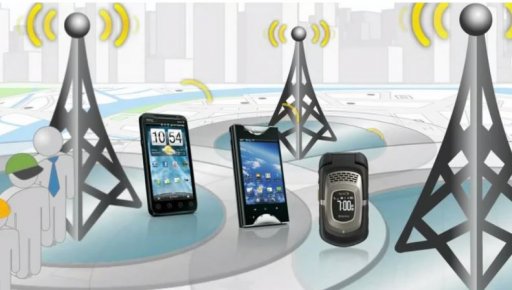
Cellular Phone– Everyone has a smart phone pretty much these days, it requires network coverage, can be expensive to make calls if you are using your home sim overseas. Buying local sim cards can reduce costs massively and in many poorer less modern countries you will find the cellular network is good and better than the wired network. Its worth remembering you will need an unlocked cellphone to be able to use local sim cards unless there is a network provider agreement.
We both use Iphones and the ability to make calls, load maps for use on and offline, access web based information and the overall ease of use make this a primary means of communication when in areas of network coverage. Satellite data options would mean we could even do this remotely and this is where SpaceX Starlink might be the future but for now satellite data for the amateur user is expensive as is the equipment to use it. The cellphone ability to download routes when on wifi or in network areas and use then them offline as we did with Maps.Me in Mongolia is a great tool however once you lose the route you are following or take a wrong turn then the system falls over as it cannot re-route or reload maps and for this reason specifically with navigation we always used paper maps and the co-driver always followed the route. This saved us a few times as in Mongolia a track from last year is not necessarily there the next due to the nature of Mongolia's road system or lack of it although this is improving on the main routes.
So in summary
From our perspective if we lived and travelled throughout the USA or Australia then an HF system would make sense as the systems are wide spread with many overlanders and remote ranches utilizing these systems. Initial costs are outweighed with the free communication there after. We would also always back this up with either a SPOT type tracker with distress function and a satellite phone for remote emergency communications.
In Europe the lack of HF systems and the fact few overlanders use or even see these systems mean we would continue with CB Radio and PMR446 and not bother with the HAM radio options. This gives us a license free ability to maintain comms in convoy and we would back this up with a SPOT type tracker with distress function. Whilst cellular network coverage is not total it is very much widespread so a local sim card would be used to reduce costs. Africa / Asia we would still carry the equipment we have always used. The satellite phone, SPOT type tracker with distress function, CB radio and / or PMR446 radios for convoy work. In these places we would not rely on cellphone as in the likes of Namibia , Mongolia and the Gobi Desert there was no coverage and this lasted for days and days of travel.
There is a lot of negativity around CB Radio and its usefulness but in our experience this was the most common means of comms we found carried by other travellers and overlanders with the exception of their cell phones. The biggest issue with CB was lack of knowledge or poorly tuned antennas resulting in poor performance and in some cases damage to the radios. So there you have it lots to consider. There are other options out there with varying costs and licensing implications associated with them however the ones stated in this article are the most common we have encountered.
As technology improves other options will become available on the market and costs associated with them will decline. If you are as old as me you will remember when cellphones were the realms of the rich and famous and yet in the space of 40 years look where we are now.
You can find this article on our webite at
Overlanding Comms - Where To Start
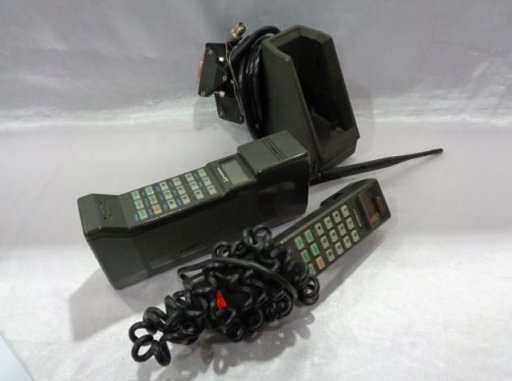
Less Than 30 Years Ago Dave's First Mobile Phone - Nokia Cityman



